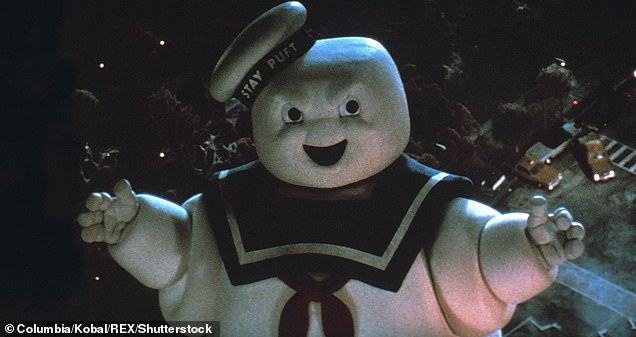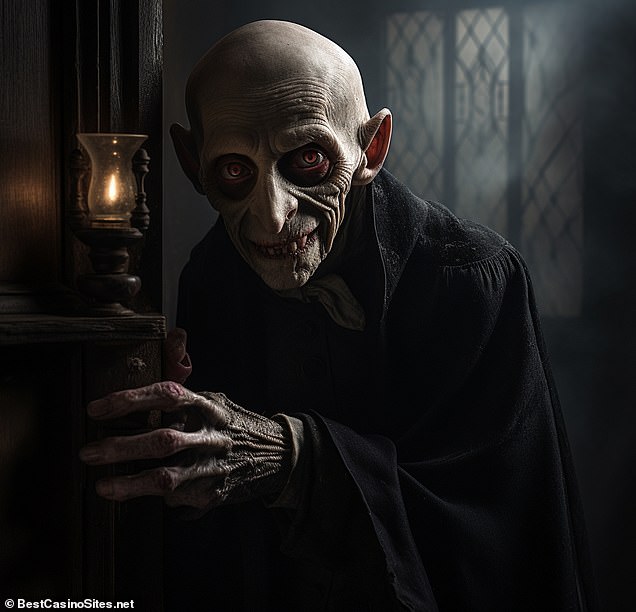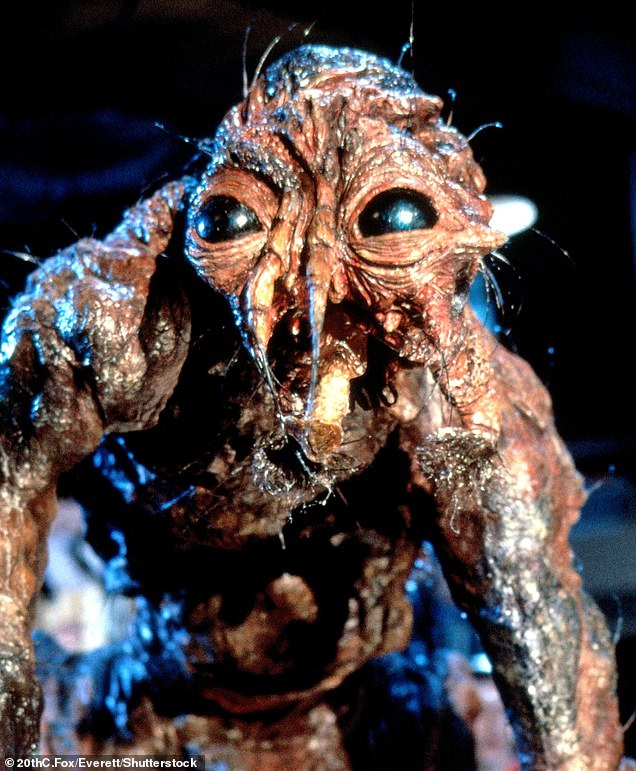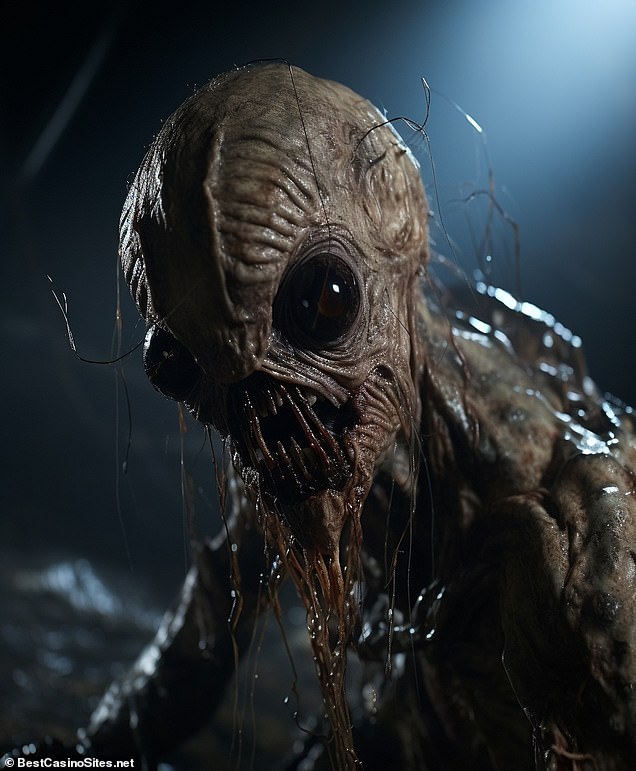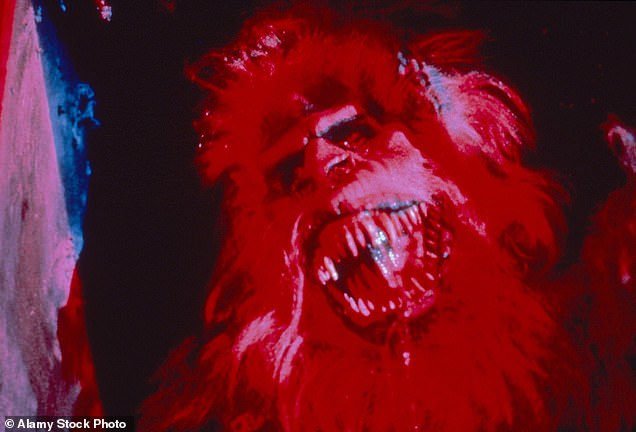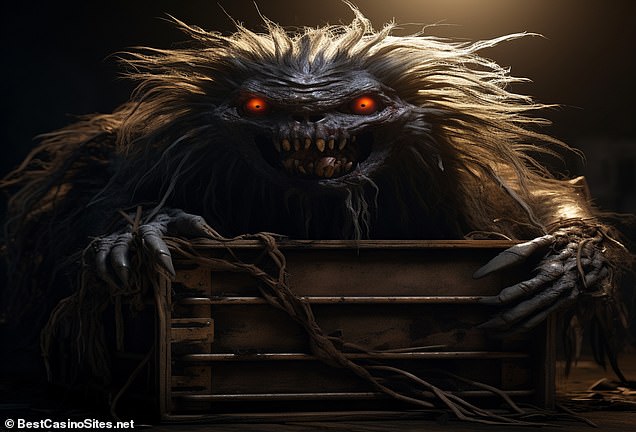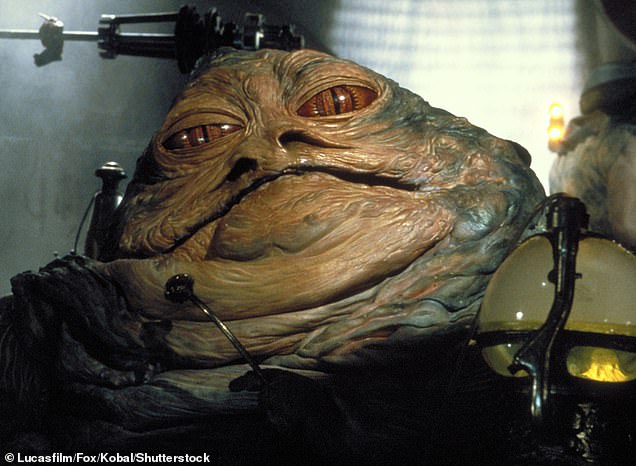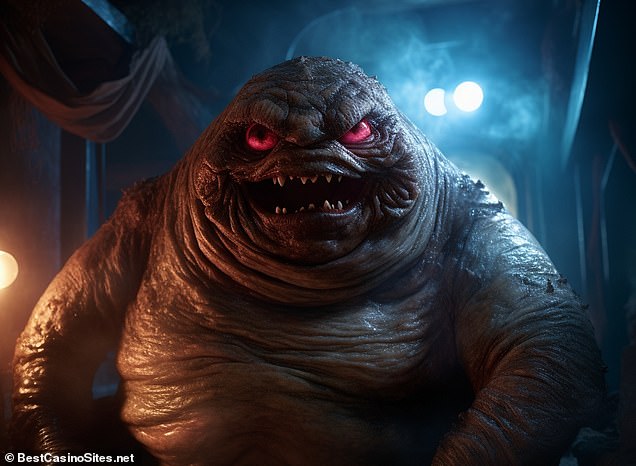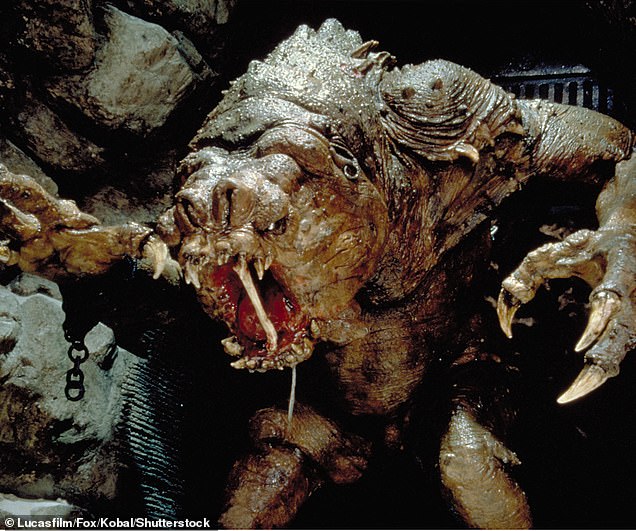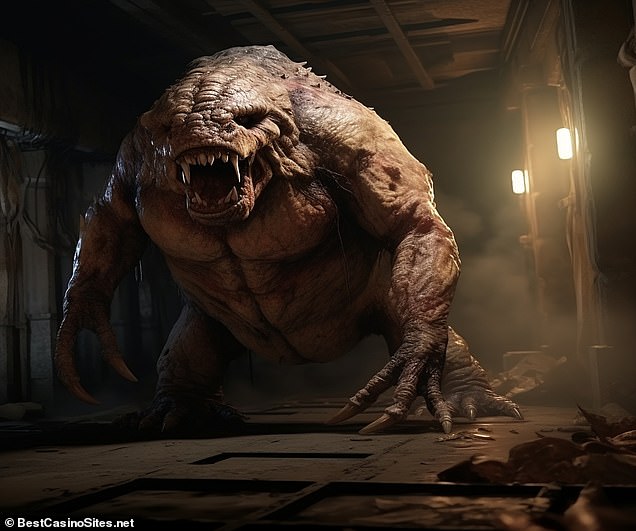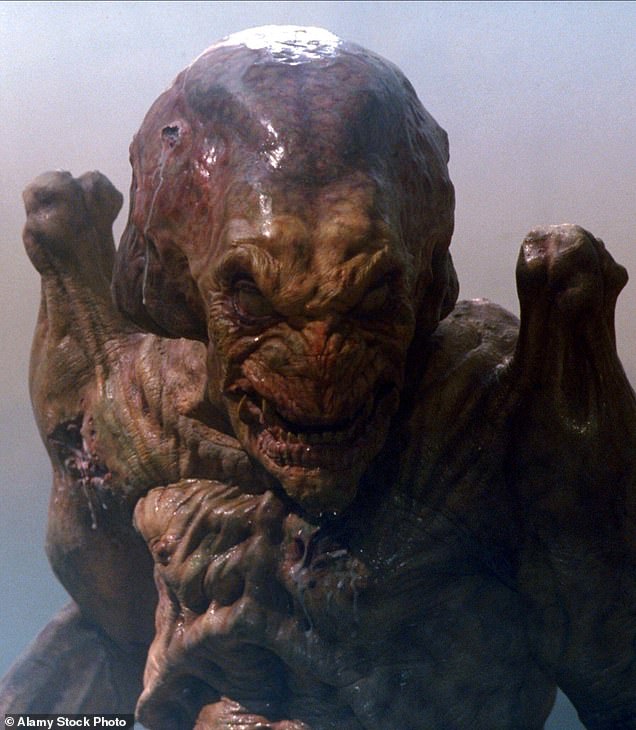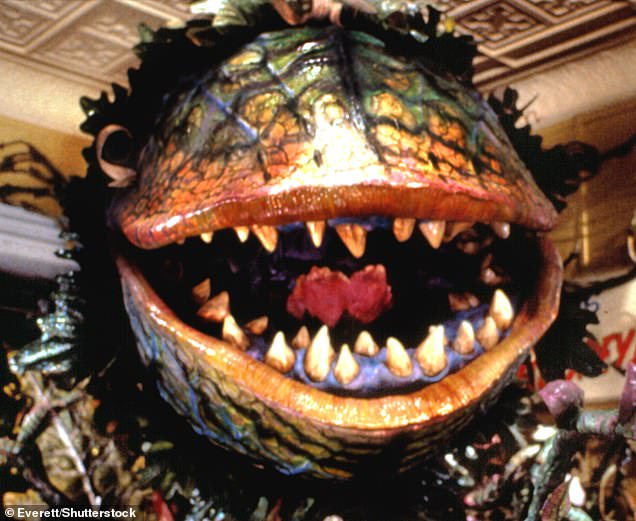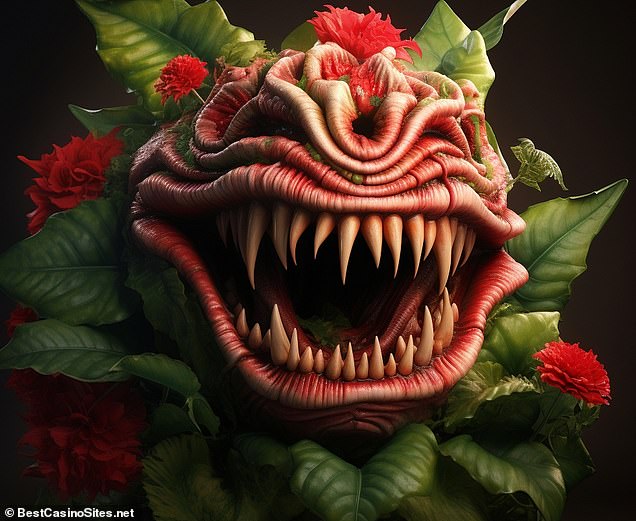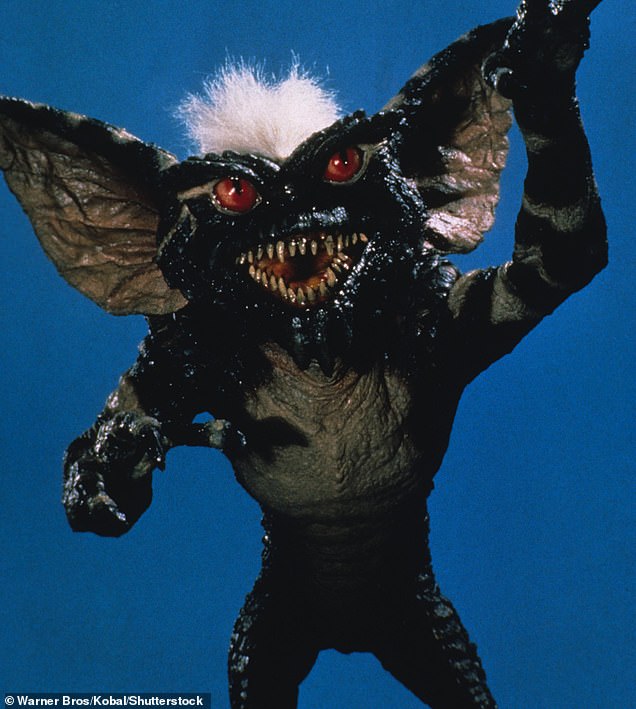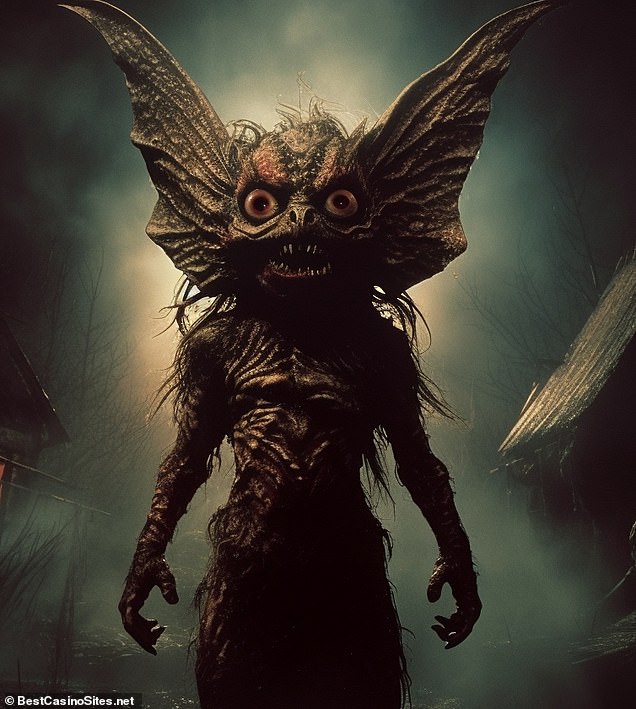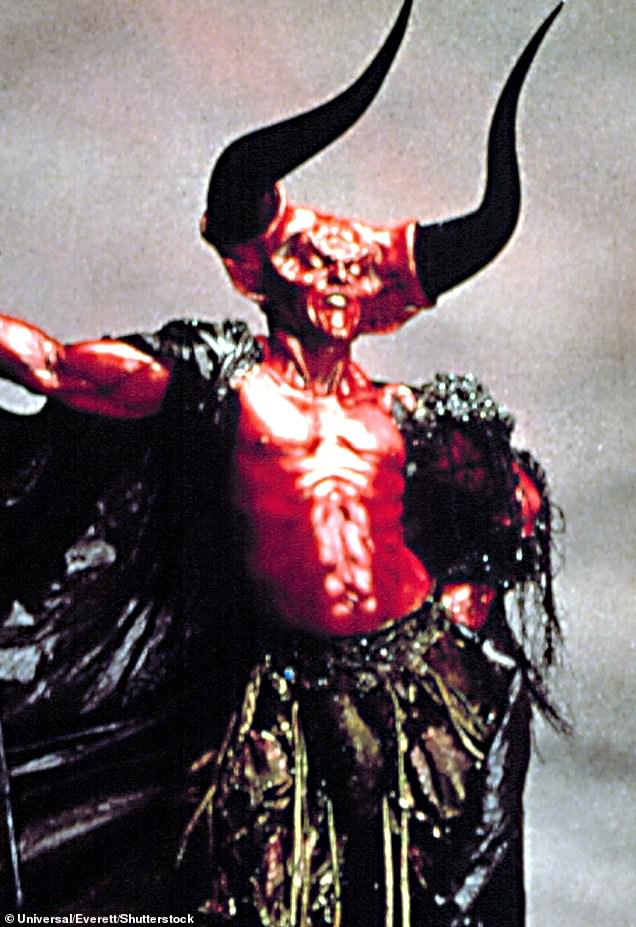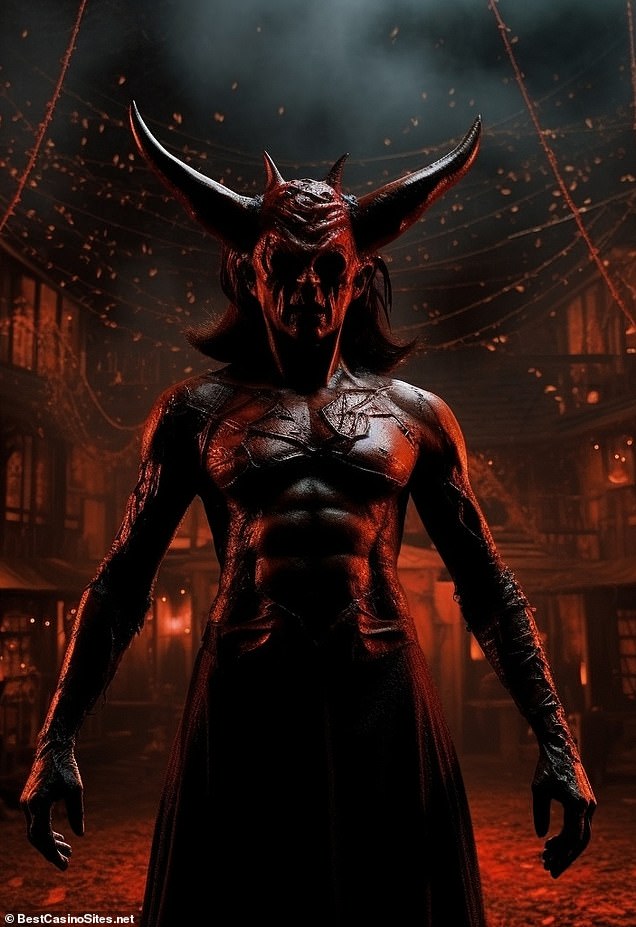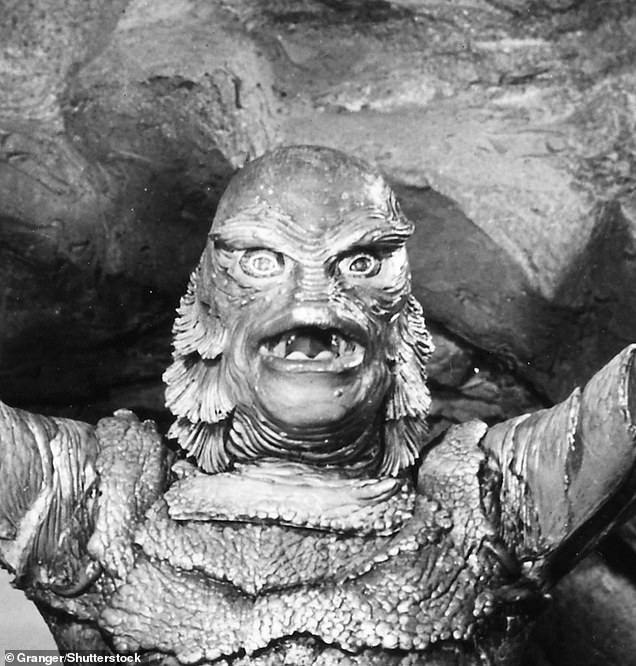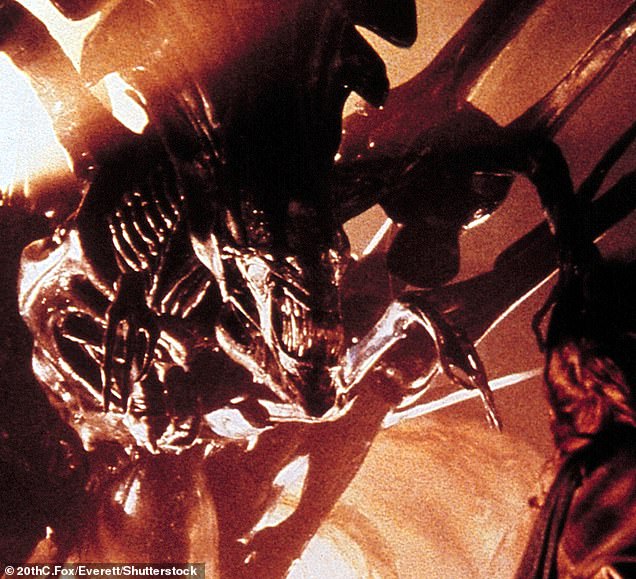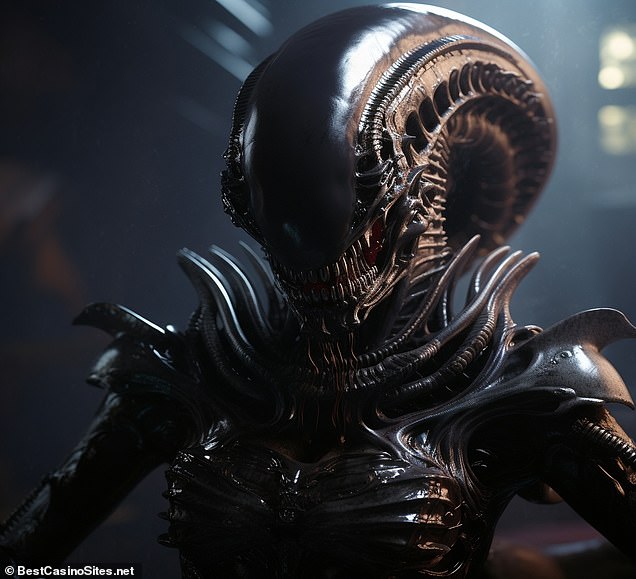What your favourite horror classics would look like as modern monsters this Halloween, according to AI – from Pumpkinhead to Nosferatu
>
If there’s one thing that truly scares horror fans, it’s a modern reboot of a beloved series.
However, while those ancient horrors may have their charms, they don’t quite match the fear factor of modern monsters.
Now, artificial intelligence has been used to reimagine what some of our favorite ghosts might look like on screen using modern filmmaking techniques.
According to the AI, the alien queen will be more elegant and shiny than the previous one.
Meanwhile, Stripe from Gremlins will be absolutely terrifying, with huge eyes – and huge fangs to match.
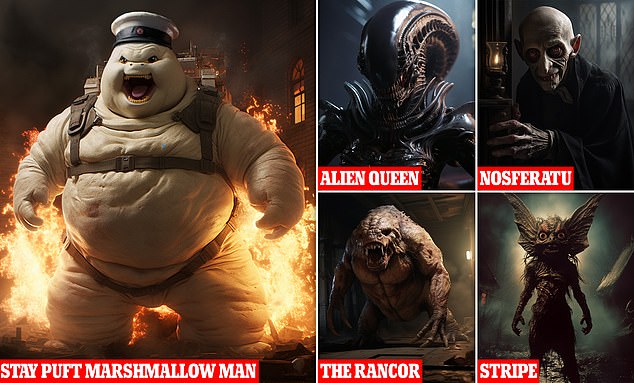
Artificial intelligence has been used to reimagine what some of our favorite ghosts might look like on screen using modern filmmaking techniques
To create the images, BestCasinoSites turned to AI image generator, Midjourney.
The team asked Midjourney to reimagine a list of classic horror monsters, which was compiled from various sources, including IMDB.
Only films released before 1990 are included, as many are considered new enough to be scary.
Meanwhile, any films featuring “standard” humans or animals as main villains or monsters were also excluded, as the re-imagined versions wouldn’t be too different.
It’s safe to say that the new creations are enough to get your pulse racing this Halloween!
Stay Puft Marshmallow Man – Ghostbusters (1984)
In the 1984 film Ghostbusters, the Stay Puft Marshmallow Man was summoned from the mind of Ray Stantz, played by Dan Aykroyd.
In the original 1984 Ghostbusters movie, Stay Puft Man is a force of destruction but still retains his soft, doughy appearance.
Summoned from the mind of Ghostbuster Ray Stantz, played by Dan Akroyd, this giant marshmallow monster briefly destroys New York.
In the film, the effect was created by putting an actor in a large rubber suit and having him destroy a scale model of the city.
However, according to Amnesty International, the modern version will be more animalistic, with teeth and a muscular appearance under layers of white marshmallow.
Count Orlok – Nosferatu (1922)
The vampire Count Orlok has appeared in numerous adaptations of Nosferatu since his first appearance in 1922.
Since 1922, the vampire Count Orlok has been a terrifying presence on screen, making many appearances.
The haunting image of the notorious Count, played by Max Schreck, was created with nothing more than stage make-up and some false ears and teeth.
The AI version is more sinister, although there aren’t many changes, except for more wrinkles and deep-set eyes.
Brondfly – The Fly (1986)
David Cronenberg is known for his knack for body horror and gore, but even he might be impressed by the disgusting AI’s interpretation of the Brundlefly.
Even David Cronenberg, the master of body horror, might admire the disgusting appearance of this AI version of his classic.
Cronenberg is so famous for his gory films that his name has become synonymous with a certain style of monster dripping goop.
In the 1986 film The Fly, a scientist named Seth Brundle, played by a young Jeff Goldblum, accidentally combines his DNA with that of a fly during a teleportation test.
The resulting sticky mess is known as the Bundlefly, and is the horrific climax of Cronenberg’s most famous work.
However, in this AI reworking, some of the magic of Cronenberg’s notorious practical effects is replaced by the creep factor.
The Brundlefly is even more unusual in appearance with its large head and huge black eyes.
Fluffy the Creat Beast – Creepshow (1982)
In the 1982 horror set Creepshow, Fluffy is an evil creature who lives in a box.
The 1982 horror-comedy compilation, Creepshow, is a collaboration between writer Stephen King and director George Romero.
Fluffy appears in one of the film’s short horror tales, a ferocious creature who lives in a box.
If a modern remake is on the way, the AI suggests that Fluffy the Crate Beast will lose some hair in exchange for glowing red eyes and yellow teeth.
Jabba the Hutt – Star Wars: Return of the Jedi (1983)
Although horror movie monster Jabba the Hutt isn’t technically scary, especially in this AI reimagining
Not a traditional horror movie monster by any means, but Jabba the Hutt is certainly terrifying.
However, in this reimagined AI, the crime lord becomes a terrifying monster with sharp, pointy teeth.
The AI also changed Jabba’s location from the dimly lit interior of the palace to a strange, smoke-filled corridor lit by bright lights.
Grudge – Star Wars: Return of the Jedi (1983)
The Rancor, found in the pit beneath Jabba’s Palace, is a fearsome monster, and in the AI version it is much larger and resembles a giant frog.
Beneath Jabba’s Throne is another classic of practical effects for the AI to update.
Originally, Rancor was an 18-inch puppet designed by legendary special effects artists Phil Tippett and Randy Dutra.
According to artificial intelligence, the updated version will be much larger and heavier, and more like a huge frog.
Pumpkin Head – Pumpkin Head (1988)
This AI version of the 1988 Pumpkin Head maintains the general design of the monster but adds details like glowing eyes and jagged teeth
Pumpkinhead, from the 1988 film of the same name, gets even scarier with this AI-powered transformation.
The vengeful demon gets glowing eyes and a layer of vine-like growths reminiscent of a pumpkin vine.
Audrey Too – Little Shop of Horrors (1986)
The 1986 horror musical Little Shop of Horrors introduced the world to Audrey Too, the singing, man-eating plant
Another deadly plant gets the AI treatment, as Audrey Too gets a more aggressive look.
The original doll resembles some real-world carnivorous plants, which feed on insects and even small animals to compensate for poor quality soil.
The Audrey Two appears to be most closely related to the Venus Fly Trap, which closes on unsuspecting prey, or the Pitcher Plant with large bell-like leaf structures.
However, although she looks very different, the AI version of Audrey Two also bears a strong resemblance to some real-world plants such as roses.
The folded red skin resembles a Rafflesia flower, the largest flower in the world that attracts flies with the scent of its rotting flesh.
Tape – Gremlins (1984)
Although Gremlins is more of a comedy than horror, there’s nothing funny about this AI version of the hero Gremlin, Stripe.
The 1984 film Gremlins is much closer to a Christmas movie than a heart-stopping horror film, but this AI version is downright terrifying.
Stripe, in the original film, is the leader of the first batch of gremlins that terrorize the sleepy town of Kingston Falls.
However, while gremlins were often played for laughs, Midjourney highlighted the horrific elements of the design.
All the color and silliness of the original strip has been replaced by a dead-eyed, demonic nightmare.
David Naughton – An American Werewolf in London (1981)
According to the AI, the werewolf will be more monster than human and will obviously be in London due to the inclusion of Big Ben
In 1981, London’s American Werewolf set the standard for practical effects with its stunning transformation scenes.
Three Minutes took over a week to film, with the crew filming in reverse order by cutting off more hair in each shot.
The result is one of the most exciting and disturbing special effects sequences ever filmed.
However, according to AI, the new version may be more impressive as the werewolf has dark skin and deep red eyes.
The AI is keen to remind us of the location too, with London’s Big Ben prominently visible in the background.
Darkness – Legend (1985)
It took Tim Curry five and a half hours to put on makeup for the role of Darkness, although preparing this detailed AI update may take longer
It took actor Tim Curry more than five hours a day to achieve the makeup required to portray Darkness in the 1985 film Dark-fantasy Legend.
The AI version is a little more subtle but perhaps more sinister due to the patterns of veins or scars.
While the new AI version’s horns may not be exactly impressive, the hollow eye sockets and menacing posture turn this into a truly fearsome creature.
Gell-Mann – Creature from the Black Lagoon (1954)
Besides the addition of slime and gills, the AI doesn’t seem to think that the Gill Man needs any gills at all
Having first been filmed in 1954, Gell-Man desperately needs an updated look if it’s going to scare modern moviegoers.
This new version adds a lot of gunk but strangely removes the gills that give this creature its name.
This would be an unfortunate loss as these gills were originally part of the innovative special effects.
The creature’s rubber suit is equipped with a special air tube so that the nostrils can be inflated and deflated, giving the creature the impression of breathing.
Alien Queen – Aliens (1986)
The AI believes that updating Aliens would give the Alien Queen a more elegant and simple look
When Aliens was first produced in 1986, Alien Queen pushed the boundaries of what was thought possible through puppets.
Two performers were suspended by a crane inside a huge hydraulic-powered puppet.
This AI version has a sinister blueprint look with a clean, minimalist aesthetic for a modern audience.
(tags for translation) Daily Mail

